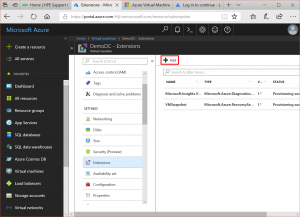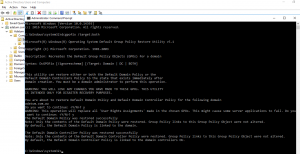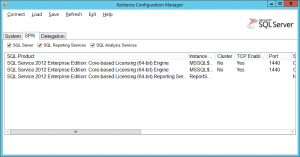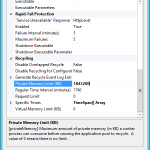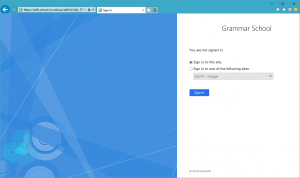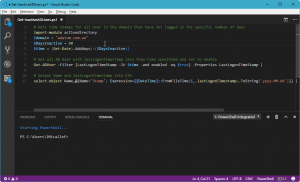I was at a customer site and they had a single Hyper-V host (running Server Hyper-V edition) and had done an in-place upgrade. Microsoft generally recommends you always do fresh installations and migrate, except for Configuration Manager servers where it is a supported configuration to upgrade Windows versions. They were starting to run low on disk space on the C drive, so I’ve outlined the below process for removing the windows.old directory. You can get anywhere from 6 GB to 15 GB back by removing the windows.old folder which is where everything Windows based is moved to if you decide to upgrade your Windows Server.
Download the SysInternals Junction utility which we will use to find and delete and directory symbolic links (or NTFS Junctions) that may still exist in the directory structure, expand the zip file and create a PowerShell file with the following code and save it under a C:\temp location (which is where we will work from).
foreach ($line in [System.IO.File]::ReadLines("c:\temp\junctions.txt"))
{
if ($line -match "^\\")
{
$file = $line -replace "(: JUNCTION)|(: SYMBOLIC LINK)",""
& c:\temp\junction64.exe -d "$file"
}
}
The above code will iterate through the junction list we can extract with the below command. On a majority of systems this should actually come back empty indicating that the Windows upgrade has gone smoothly.
junction -s C:\Windows.old > junctions.txt
We then execute the PowerShell file we saved earlier with the text file we just created with the Junction utility. Once that is done we can begin to clean up. Firstly, take owernship by issuing;
takeown /F c:\Windows.old\* /R /A /D Y
You may find that will be all you need and can issue the rmdir otherwise, run this additional command
cacls c:\Windows.old\*.* /T /grant administrators:F
So after all that I was easily able to reclaim a whole bunch of disk space by issuing the following command.
rmdir /S /Q c:\Windows.old
If only Microsoft kept Disk Cleanup on Windows Server to make life easier.
